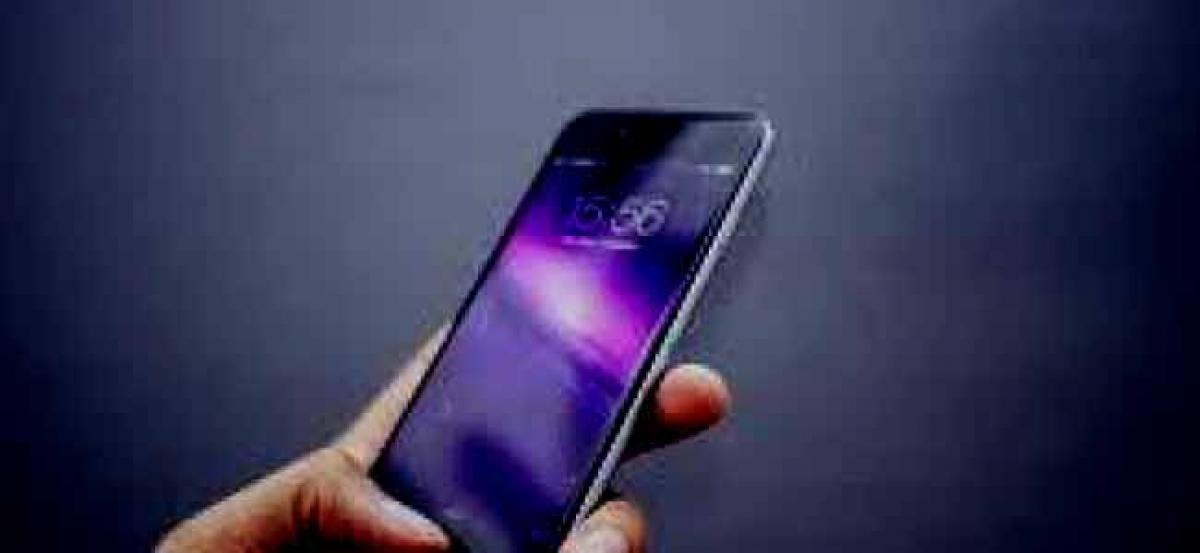Live
- Nikhil winner of Bigg Boss 8
- KTR targets CM over his comments about sending L&T CFO to jail
- Telangana Cabinet Meeting Scheduled for Today
- New pension, ration card approvals soon: Minister
- Muslim body reminds CM of unkept poll promises
- TPCC chief bristles at BRS for spreading canards about govt
- AAP releases final list; Kejriwal slams BJP for 'no CM face'
- Major macro data to steer mkt direction
- Charts indicate more volatility
- SP Gaikwad Inspects Group-2 Examination Centers
Just In

India is making slow progress on covering the gap between \"smart\" and \"feature\" phones, according to a study, which said only 17 per cent of the Indian population owned a smart phone in early 2016.
India is making slow progress on covering the gap between "smart" and "feature" phones, according to a study, which said only 17 per cent of the Indian population owned a smart phone in early 2016.
While cell phone pick-up is strong, the gap between "smart" and "feature" phones in circulation is wider than ever before, according to 'Digital Evolution Index 2017', a study by the Fletcher School at Tufts University in partnership with MasterCard.
"India's stubborn cash economy meant it took demonetization by government decree to wean Indians away from notes and coins an event that saw mobile wallet provider Paytm claim 170 million users in just a few months," said Bhaskar Chakravorti, senior associate dean of International Business and Finance at the school.
"India is an interesting example of a nation with a growing mobile internet gap. The country has been adding more mobile subscriptions and fewer mobile internet subscriptions," he said.
Only 17 per cent of the Indian population owned a smartphone in early 2016, Chakravorti said.
"India has done a great job of adding more mobile users, but the country is tapering off its broadband, which presents a challenge. It is not a problem of availability it's a vast country and the most vibrant telecom market in the world. But affordability remains an issue," he said.
The study also noted the popularity of services like M- Pesa, rooted in older technology but demonstrating the potential for growth through data-enabled mobile solutions in India as well as across Africa.
M-Pesa, a money transfer service launched in 2007 in Kenya, has spread across Africa, India and parts of Eastern Europe.

© 2024 Hyderabad Media House Limited/The Hans India. All rights reserved. Powered by hocalwire.com







